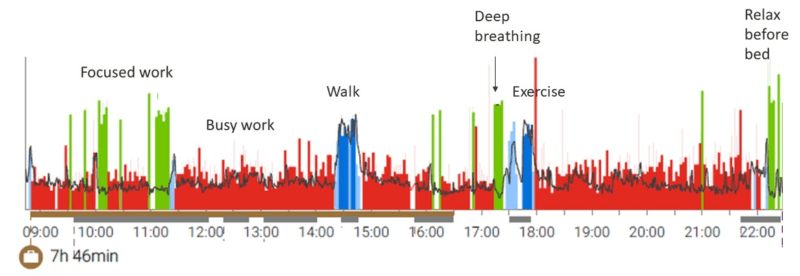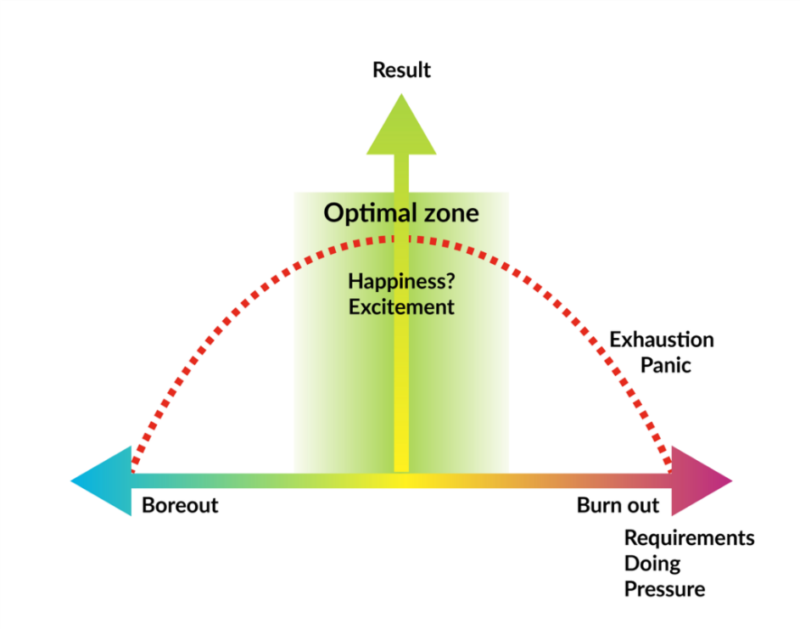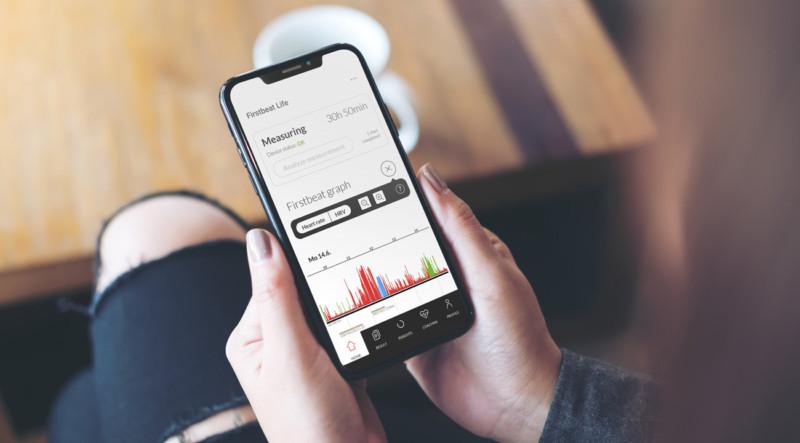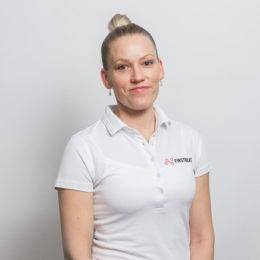
Burnout is a state of emotional, physical, and mental exhaustion caused by excessive demands and prolonged stress that leads to serious, often long-term, health challenges. It’s recognized as a widespread problem in many fields and all age groups. Early recognition and intervention at an individual, corporate, and societal level is key to avoiding the more serious health problems it causes.
But what about ‘boreout’? Essentially the opposite of burnout but, in many cases, with similar symptoms, this less well-known issue refers to mental underload at work due to lack of a sufficient workload or challenge.
Most of us have experienced excess stress and, at one time or another, felt under–challenged. In short bursts, this isn’t an issue. But if it becomes a chronic situation, lasting for long periods of time, both too much and too little stress can cause serious health problems. Making it more complicated is the fact that what is “too much” or “not enough” stress depends on the individual. We all respond to stress differently.
Spotting the Signs
Perhaps because of the pandemic, we’ve seen some evidence of boreout here at Firstbeat, with some measurements showing increased ‘green moments’. However, interpreting the data must be done with caution.
It is important to remember that the green color in a Firstbeat graph simply means that the parasympathetic (‘rest & digest’) nervous system is dominant over the sympathetic (‘fight or flight’) system. In most cases this tells us a person is experiencing good recovery, but in some cases, it might indicate boreout as well.
Just as stress (shown as red in a Firstbeat graph) can be positive or negative, recovery, too, can have many shades and levels. We need to understand the context during the measurement, as well as individual differences in stress response – and then find the right individual balance between stress and recovery.

Fig. 1. A busy day includes recovery moments during focused work and a breathing exercise.
Good Recovery, Different Context
Context is key. For example, a busy woman who has managed to integrate rest into her day through peaceful, focused work in the morning and a conscious relaxation break after work will show as recovery time and illustrates that we can learn to manage our stress levels by structuring our days in a meaningful way.
Another person whose routines had changed dramatically in lockdown had a different experience. Her result showed a lot more recovery during the workday compared to her usual result, but her subjective experience was that she missed her usual activity and felt bored. This – to her – would be a sign that she needed to challenge herself more despite the graph looking like a good result at first glance.
If she keeps feeling under-challenged and experiencing boreout, this can actually start to have a negative effect on her performance, stress level and sleep. In fact, an appropriately active and challenging day builds sleep pressure, which helps us get to sleep in the evening. On the other hand, lack of sufficient activity prevents sleep pressure from building naturally.
Real Health and Performance Impact
A lot of action-driven extroverts will relate to the second example. Even if it is caused by the unusual reality of this spring and will likely pass as the situation “normalizes”, it raises a valuable point.
While boreout might seem like a very unrealistic problem for many who struggle with constant stress and overload, it’s a reality for others whose job is monotonous and lacks challenge. If boreout persists and becomes chronic, it can start turning into physical and mental stress.
Studies have reported an increased incidence of cardiovascular disease and unhealthy lifestyles with employees who show boreout symptoms. Lower job satisfaction and work performance and higher absence rates have also been reported. Sound familiar? Burnout causes a similar list of issues. Job circumstances should be looked at critically to ensure that a person’s workload is appropriate. But, at the same time, we need to recognize that our individual ability to handle stress varies, as does our reaction to it.
Find Your Zone
Some people thrive on action and perform at their best when under pressure, whereas others feel overwhelmed if they face too much stress. The key is to understand what your “optimal performance zone” is (illustrated below). How much stress and challenge do you need to reach peak performance and what activities help you manage your stress load?
Data can provide valuable insights and help us find the answer to this question because we don’t always know how our body is coping. When you start understanding how much stress you personally need to support good performance and well-being, you can take a more active role in making sure you do not go over (or under) board.
One way to get started is to reflect on the questions below and start identifying your triggers:
- Do you tend to overdo it? Or do you find yourself in a rut, craving a bigger challenge?
- What helps you feel good and stay in your optimal zone? (e.g. enough sleep, regular breaks, activities that help you relax, exercise, nutrition, social and emotional needs)
- What are the warning signs that show you’ve drifted from your optimal zone and need to ramp up or slow down?

Image 1: Finding your optimal zone between boreout and burnout can lead to better performance and well-being.
Learning Lessons
The exceptional circumstances of the pandemic have brought to the surface some important issues we can learn from as we continue to balance our own lives. For example, some people realized they slept better because their days were not packed with activity. Going forward, as their schedules fill up again, hopefully they will remember that a packed schedule is not a badge of honor and can accept down time as a “productive activity”.
Others might have realized how much better they focus when they are alone and not constantly interrupted and can build this into their future work routines. Conversely, those who have struggled with boredom can hopefully start filling their days with much needed activity and interaction in the not-too-distant future.
Whatever the takeaways, when we learn more about ourselves and recognize our warning signs, we can avoid bore- and burnout and, ultimately, enjoy optimal performance and well-being.
Need help preventing boreout and burnout in your workplace? Firstbeat Life helps identify the areas to focus on.
You might also be interested in

Stress Awareness: What Is Stress and How Can You Manage It?
Stress – a physiological response we often try to avoid. But however much we try, we all experience it in some form as it is very much needed to succeed…

Structure Your Day Better with Firstbeat Life’s Real-Time Results
The newest feature in Firstbeat Life – real-time results – give you a glimpse into your stress and recovery status during the measurement. Real-time data allows you to react promptly and…


